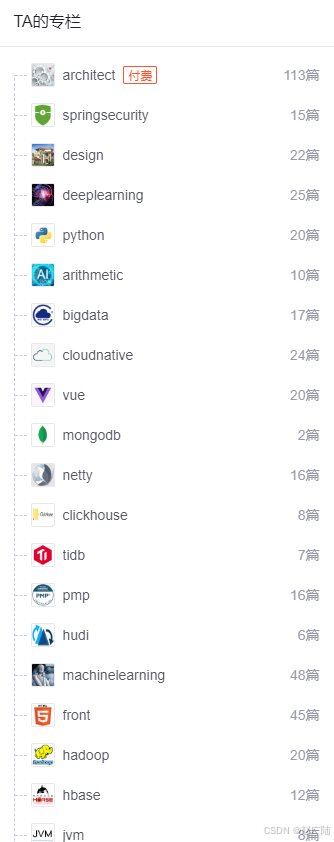说明
来自顾同学的助攻
钉钉机器人可以用来发送一些重要的系统消息,例如磁盘将满等等。原本还可以有更强的功能,就是监听群里的消息,然后做出反应,不过这个好像要买企业版,贵的毫无意义。
钉钉发消息有几种模式,一种是按关键字过滤的,还有一种是按签名发送的。这次顾同学帮我梳理了按签名发送的函数。
内容
前提准备:有钉钉群组,并按签名方式创建了机器人,这时候会得到两个东西:
- 1 webhook_url: 这个是用于发送消息的接口
- 2 secret: 签名秘钥
以下函数在每次发送消息时生成签名,然后将消息发送到指定的(机器人所在)的群组
import requests
import json
import time
import hmac
import hashlib
import base64
import urllib.parse
# 钉钉 Webhook 和加签密钥
webhook_url = 'https://oapi.dingtalk.com/robot/send?access_token=xxxx'
secret ='SECxxxx'
# 生成签名
def generate_sign(secret):timestamp = str(round(time.time() * 1000))secret_enc = secret.encode('utf-8')string_to_sign = '{}\n{}'.format(timestamp, secret)string_to_sign_enc = string_to_sign.encode('utf-8')hmac_code = hmac.new(secret_enc, string_to_sign_enc, digestmod=hashlib.sha256).digest()sign = urllib.parse.quote_plus(base64.b64encode(hmac_code))return timestamp, sign
# 发送信息到群里面
def send_dingtalk_message(webhook, secret, message):try:timestamp, sign = generate_sign(secret)url = f"{webhook}×tamp={timestamp}&sign={sign}"headers = {'Content-Type': 'application/json'}data = {"msgtype": "text","text": {"content": message}}print(f"Sending message to URL: {url}")print(f"Message content: {data}")response = requests.post(url, headers=headers, data=json.dumps(data))print(f"Response: {response.status_code}, {response.text}")return response.status_code, response.textexcept Exception as e:print(f"Error sending message: {e}")return None, str(e)send_dingtalk_message(webhook_url, secret, 'test')

非常好用。


















